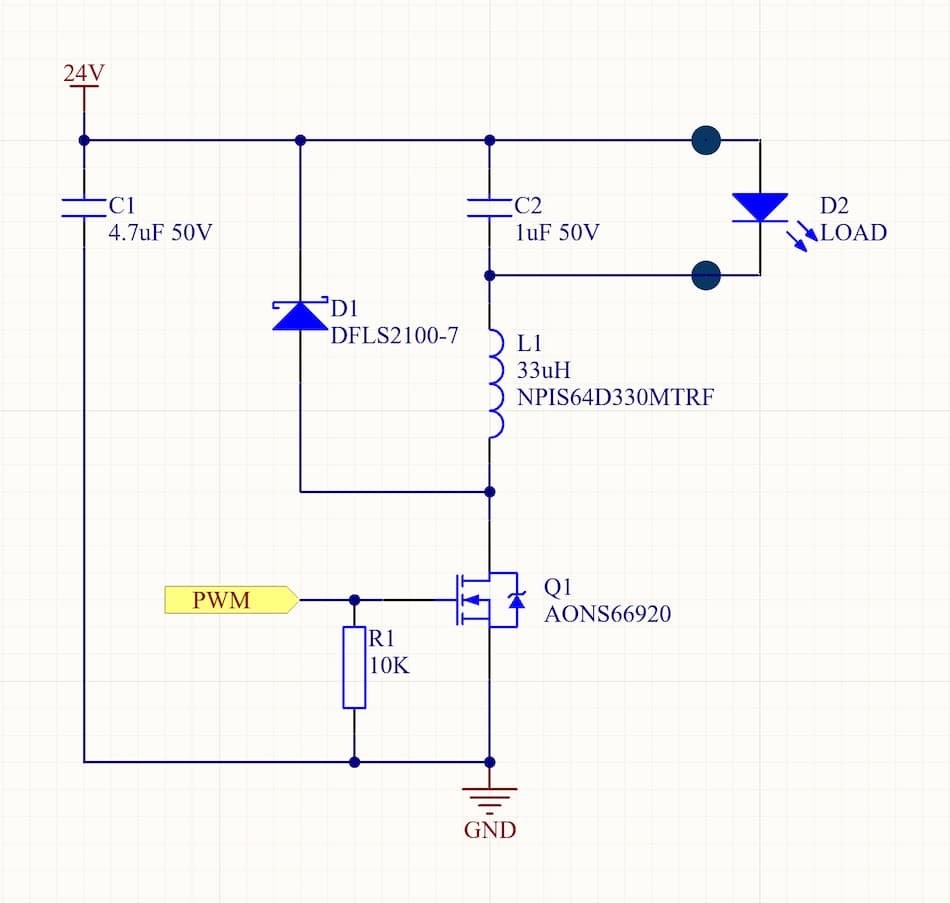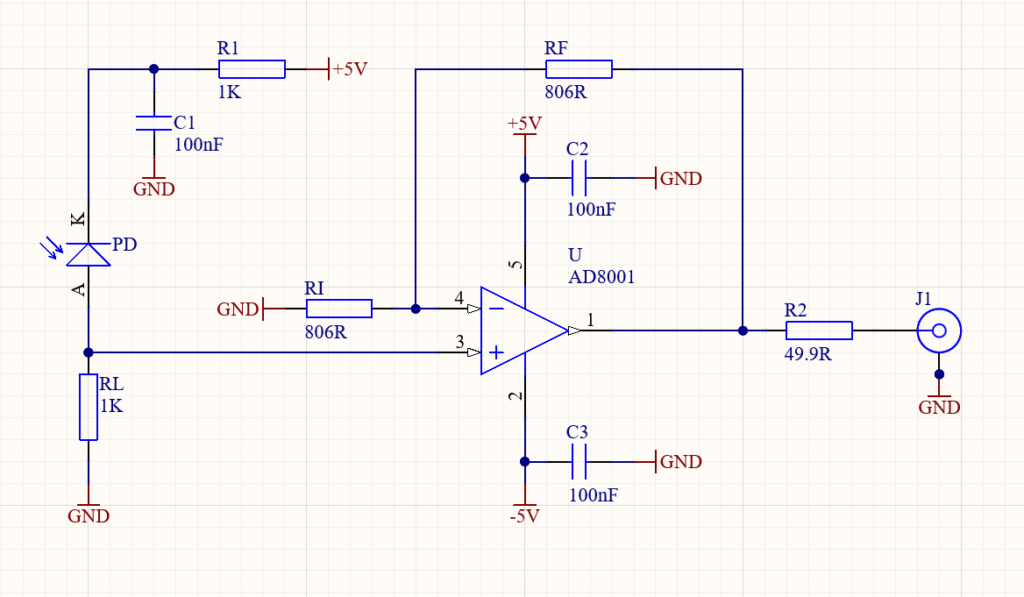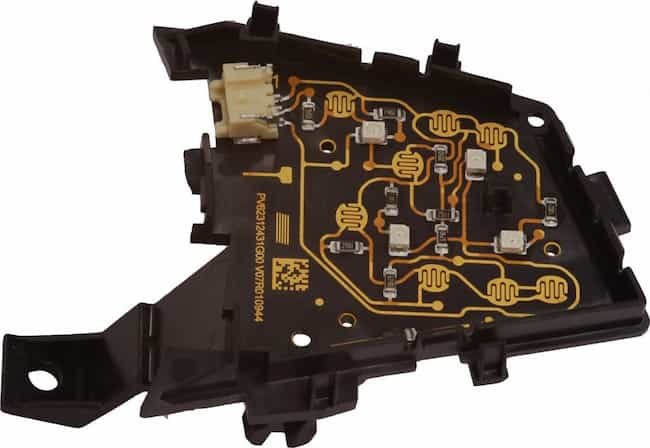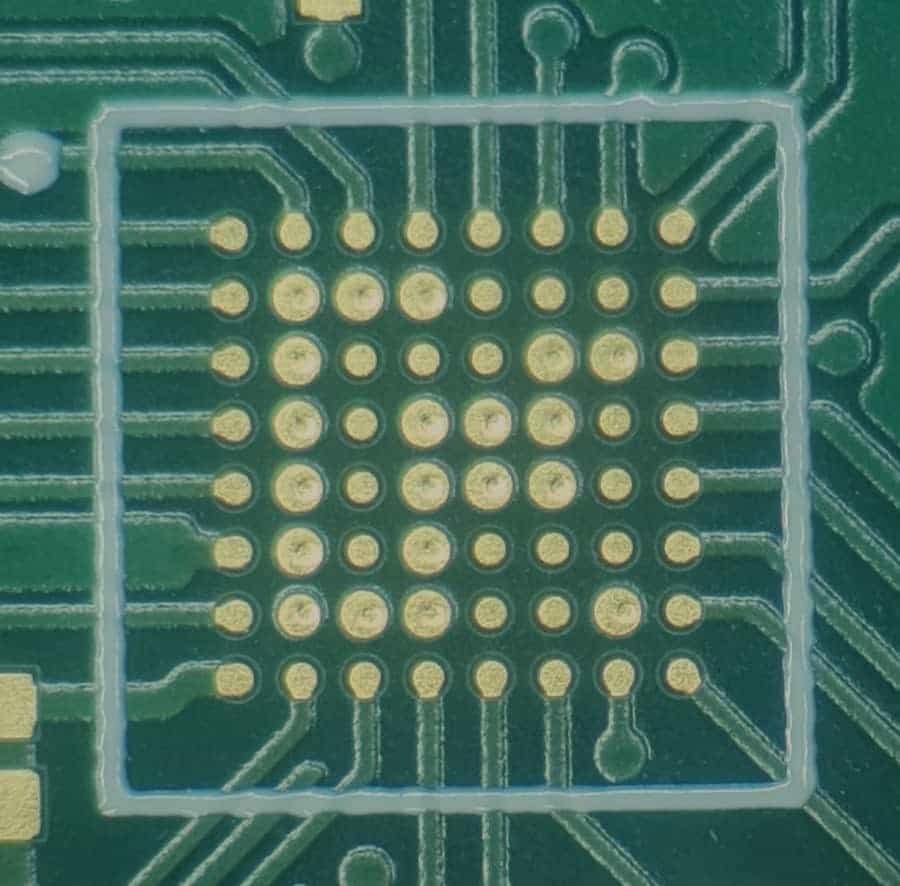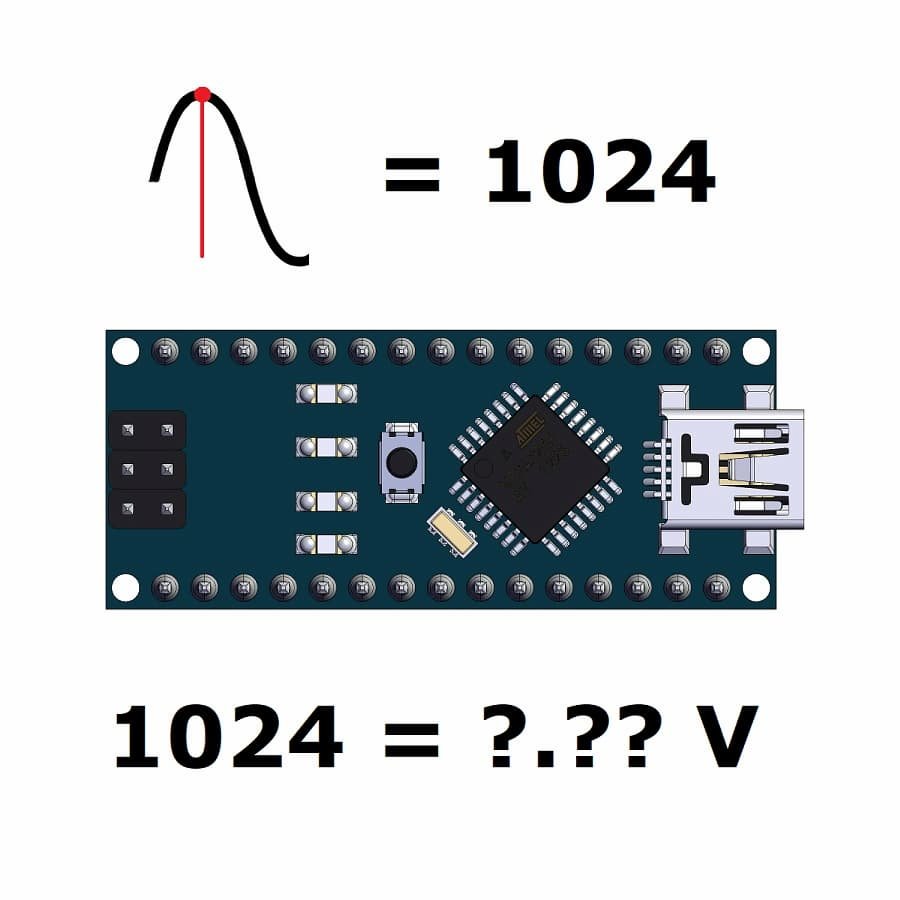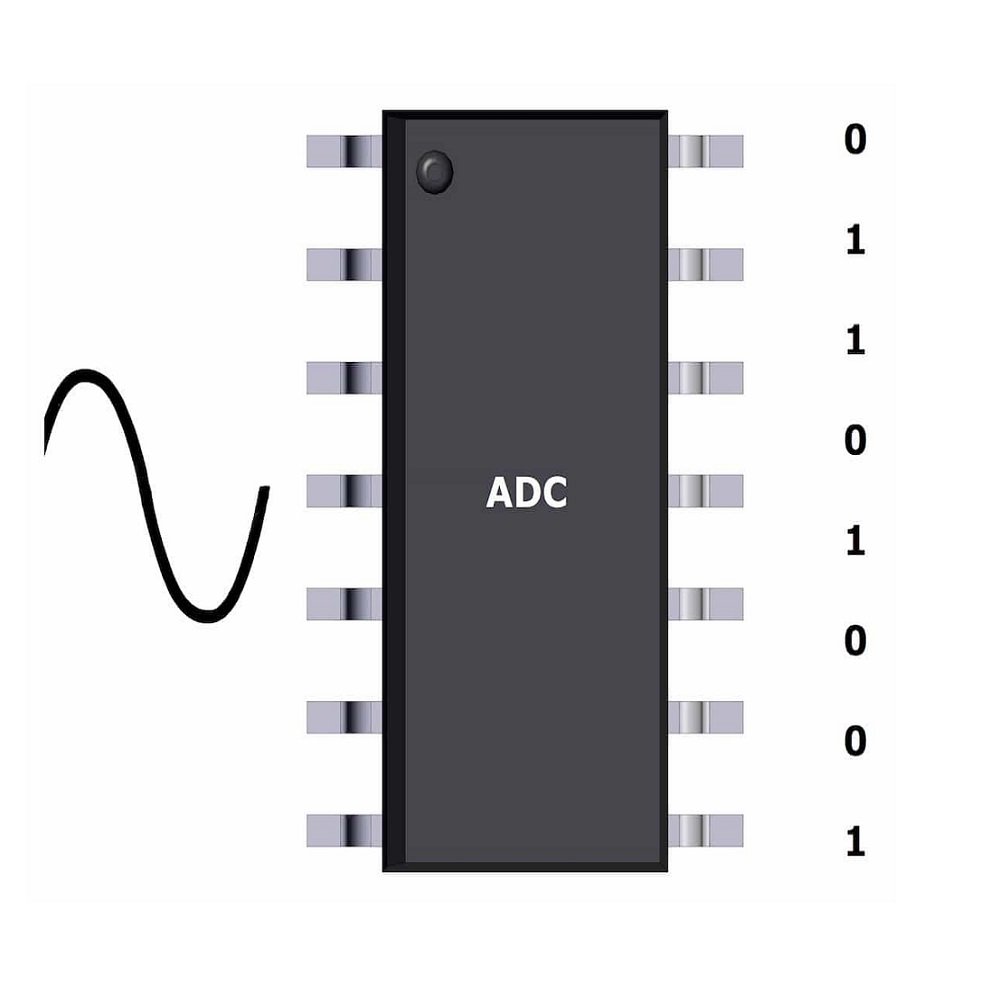Blog
Welcome to our Blog page, where you can explore a wealth of articles and posts covering various topics in electronics. Dive into a wide array of content and discover valuable knowledge and insights in the realm of electronics.
We strive to provide you with valuable and actionable information that can enhance your understanding, skills, and creativity in the field of electronics. Our blog is a platform for learning and exchanging ideas.
We encourage you to actively participate in the blog community by leaving comments, asking questions, and engaging in meaningful conversations with fellow electronics enthusiasts. Let’s foster a vibrant and supportive environment where ideas can flourish and connections can be forged.
Low-side buck (step-down) converter
A buck converter is a simple type of DC-to-DC converter that produces an output voltage that is less than its input voltage. In other words, this DC-to-DC converter steps down the voltage from its input to its output. Hence, it is also called a step-down converter. Typically, a high-side transistor…
High-speed photodiode circuit
The high-speed photodiode circuit in Figure 1 uses a low capacitance PIN photodiode (PD), load resistance (RL), and a high-speed operational amplifier (U). Figure 1. High-speed photodiode circuit In this configuration, the photodiode is reverse biased and used in photoconductive mode. The short circuit current from the photodiode is forced…
GPS: GGA, RMC, and GLL NMEA sentence structure
If I were to hazard a guess, I’d assume that you are here because you hooked up a Global Navigation Satellite System (GNSS) module to a microcontroller and now you are confused about which data to use. The most commonly used GNSS worldwide is the Global Positioning System (GPS). As…
What are Molded Interconnect Devices (MIDs)?
A Molded Interconnect Device (MID), to put it simply, is an injection-molded plastic device that combines mechanical and electrical functionality. This plastic part incorporates a conductive material pattern similar to a printed circuit board (PCB). Usually, MIDs are the solution for routing interconnections, or mounting components, on a three-dimensional (3D)…
Via in Pad (VIP) in PCB Design
Consumers prefer smaller electronic devices. To make smaller devices, you need smaller electronic components. Due to the fine pad pitch of the components, standard via routing might not always be an option. In this case, a via in pad (VIP) is used. The design method known as “via in pad”…
ADC value to voltage calculation
An analog to digital converter (ADC) takes an input voltage and produces a binary output code. This output code is directly proportional to the input voltage. A binary code is made up of two digits, also known as bits, 0 (zero) and 1 (one). The number of bits depends on…
HOW TO CHOOSE ANALOG TO DIGITAL CONVERTER (ADC)
An analog-to-digital converter, often known as an ADC, is used whenever analog inputs from the real world need to be converted to digital signals. There are many different types of ADCs, and each one has a unique combination of advantages and disadvantages. In this article, instead of delving into ADC…
PHOTODIODE OPERATION MODES AND CIRCUITS
A photodiode is a light-sensitive semiconductor device with a p-n or p-i-n structure. A photodiode produces current when it absorbs photons (or light). We will discuss two operation modes of photodiodes: photovoltaic and photoconductive. HOW PHOTODIODE WORKS When a photon of sufficient energy strikes an atom within the diode, it…
